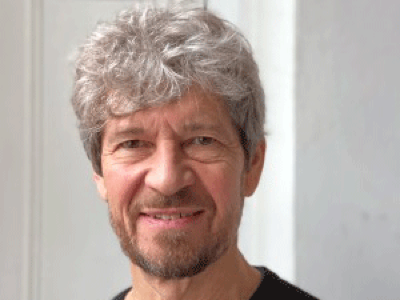When I was starting out as a stem-cell researcher in Bengaluru, India, I faced challenges that would be foreign to many colleagues elsewhere. My experiments often had to be shelved because supplies took months to come, or arrived unusable. With funds to perform only a few experiments, I had to carefully weigh up whether a peer reviewer would find this reagent or that piece of equipment acceptable. Making the wrong choice could cause serious setbacks.
That’s why I was keen to help develop a set of recommendations for how human stem cells used in basic research should be characterized and reported, released by the International Society for Stem Cell Research (ISSCR) this year (see go.nature.com/49np5z3). Reporting standards such as these ensure that science is rigorous and reproducible. This is crucial for stem-cell research aiming to reveal how human organs and tissues develop. By providing clear guidance on best practices — while taking into account the circumstances of researchers globally — they can also level the playing field for academics in resource-poor settings who don’t have the luxury of trying out multiple protocols.
I think the ISSCR standards are a crucial step towards increasing equity among stem-cell researchers. Yet my time on the ISSCR committee — and on a World Health Organization committee for developing standards for human genome editing — showed me that such panels need to include more geographically diverse voices, so that ‘international’ guidelines can truly benefit everyone.

Stem-cell guidelines: why it was time for an update
Just 2 of the 26 members of the ISSCR committee were from low- or middle-income countries (LMICs). Although this broadly reflects the global distribution of stem-cell researchers (at least those who are ISSCR members), the community should be working to change this distribution, not reinforce it. Even with the best of intentions, those with ready access to expertise and supplies often do not fully grasp what is affordable and practical for researchers in low-resource settings.
I was vocal in reminding the ISSCR committee that guidelines must consider local economics and resources. Just because a protocol can be followed easily in US or European laboratories, it does not mean that all the necessary reagents and equipment can be obtained elsewhere. And most reagents cost researchers in India almost double the amount that scientists in Europe or the United States pay, because of higher list prices, import duties and shipping charges.
This means that fair standards should not recommend, or even suggest, specific assays. For instance, although the ISSCR guidelines make it clear that stem-cell lines should be checked to see whether the lines have accrued genetic mutations, they are not prescriptive about how a researcher should assess this. If a reviewer pushes for an assay that is unachievable in some countries, a researcher can now point to the guidelines, and say, ‘These standards say that I’ve met the minimum requirements’.

Why Nature is updating its advice to authors on reporting race or ethnicity




 Improving reporting standards for polygenic scores in risk prediction studies
Improving reporting standards for polygenic scores in risk prediction studies
 Stem-cell guidelines: why it was time for an update
Stem-cell guidelines: why it was time for an update
 Why Nature is updating its advice to authors on reporting race or ethnicity
Why Nature is updating its advice to authors on reporting race or ethnicity
 Want research integrity? Stop the blame game
Want research integrity? Stop the blame game





